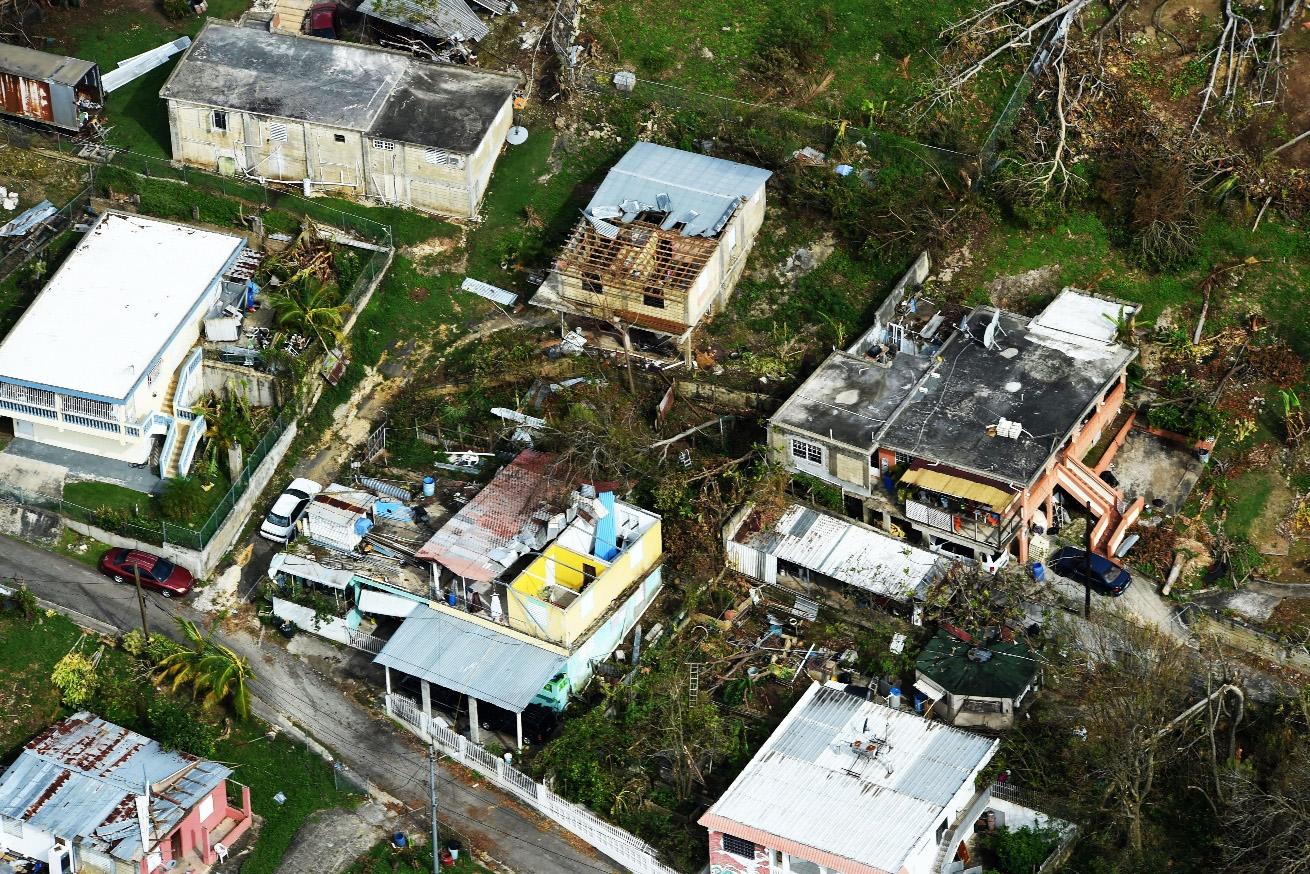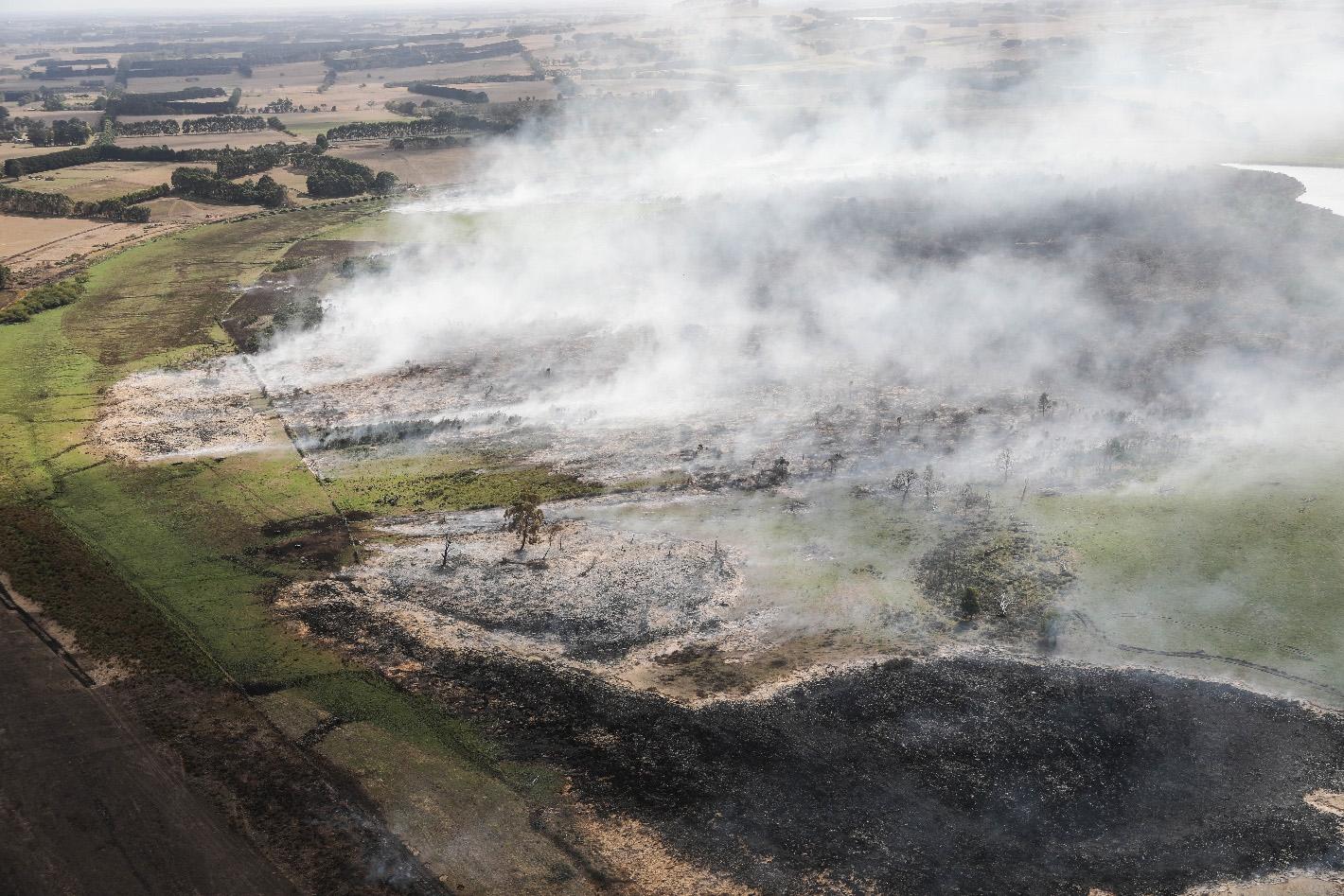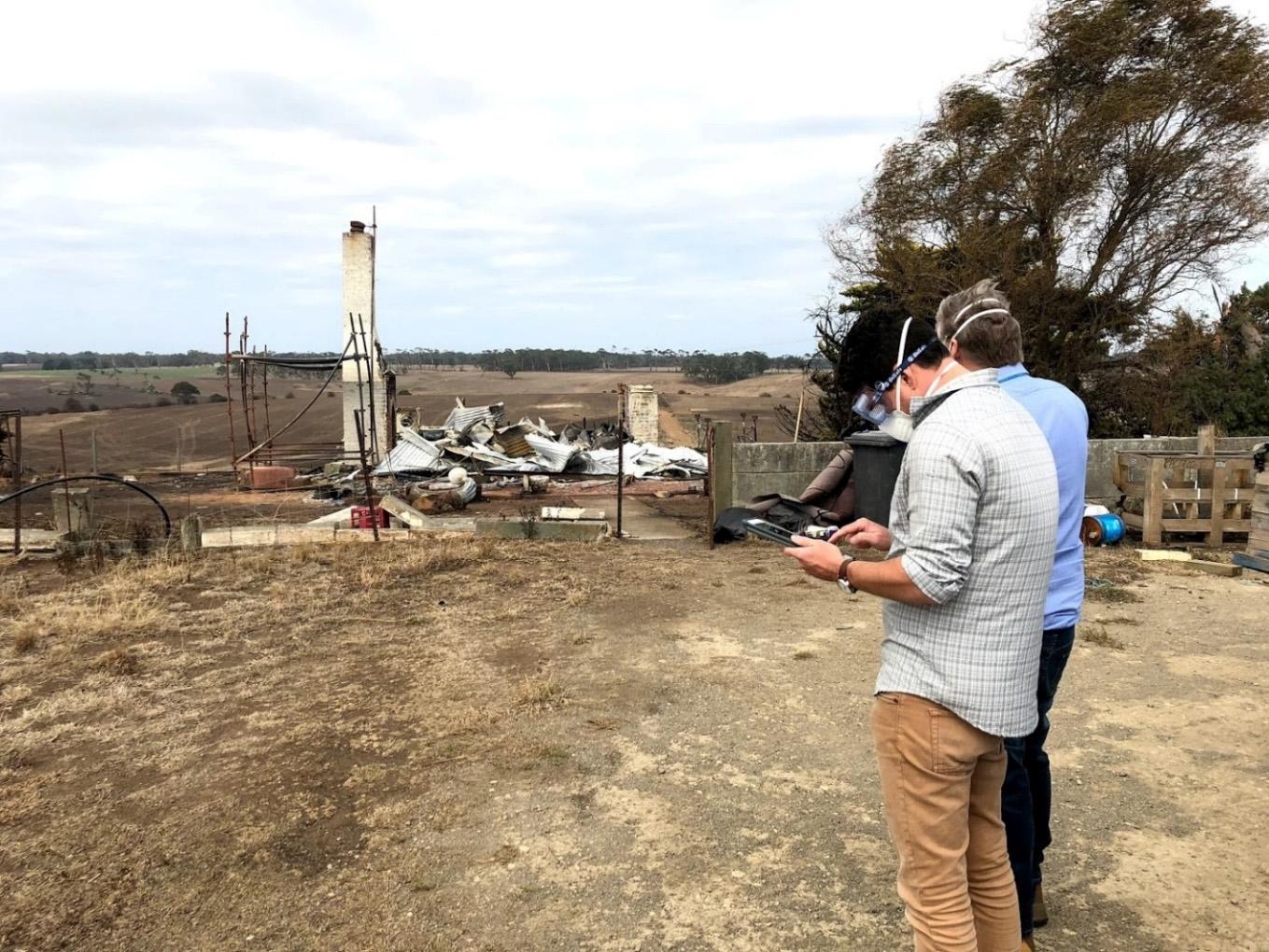
3 minute read
3.1 Complexity of impact assessment
3 Impact assessment
3.1 Complexity of impact assessment
Finding 1
The Inspector-General for Emergency Management finds that there are differences in expectations across the sector around the timelines required to provide accurate and complete data during and after emergencies.
There are examples from jurisdictions around the world illustrating how difficult it can be to account for, and report, simple data describing the impacts of an emergency [43, 44]. There are multiple demands for impact assessment, coupled with an urgency for accurate and reliable data. A stakeholder to this review reflected that providing governance and operational guidelines for such a complex and urgent process is seen as critical but difficult around the world (see Box 2, p.28). The stakeholders engaged in the review agreed that accuracy and completeness of impact assessment data is important. The majority of stakeholders also recognised that impact assessment was a difficult and time-consuming process. Stakeholders commented that there is a risk the public will lose confidence in the sector and government if data cannot be confirmed, or constantly changes. Ministers with immediate funding or decision-making responsibilities also require accurate and complete information. Accurate, complete and consistent information results in better relief and recovery decision-making. One common example discussed by stakeholders was in identifying hospital admissions and casualties during the January 2017 Bourke Street tragedy. AV and VicPol both urgently transported injured people to different hospitals to preserve life. While this urgency was absolutely required, it made it difficult to confirm hospital admissions. In another example, stakeholders referred to the complexity of attributing deaths to the November 2016 thunderstorm asthma event, which took significant time to determine [45]. In response to this health emergency, DHHS developed the Emergency Incident Casualty Data Collection Protocol [46, 47] to assist with impact assessment data collection and information sharing. The protocol outlines information sharing and reporting to various users of impact assessment data including government departments, responder agencies and the media. The complexity of impact assessment was observed in the South-West Fires. Organisations who reported on damaged houses and sheds had to balance information coming from those in the field conducting impact/damage assessments with reports from relief centres, local knowledge, and the definition of the metric in the impact assessment portal. This information came in different formats over time, and there was a known risk of duplication and error. Local knowledge was required to understand what effect the damaged structure would have on the owners (or tenants) of the property, what type of relief and recovery actions were required to keep people and animals safe, and how to support the recovery of local industries. IGEM notes a disconnect in the ability of impact assessment data collectors to report accurate information within the expected reporting timelines of organisations who use the data. Some government portfolios, politicians, media and the public have an immediate need for impact information.
BOX 2
International impact assessment complexity: Hurricane Maria, Puerto Rico
There is current debate in the United States regarding the number of deaths caused by the 2017 Hurricane Maria on Puerto Rico. The deaths attributed to the hurricane have included 34 (reported by the Governor of Puerto Rico in October 2017) [48], 1427 (government of Puerto Rico’s confirmed death toll) [49], 2975 in a requested independent assessment of mortality [50], and 4645 in a Harvard University mortality study [51]. The latter three figures were reported in 2018, months after the hurricane passed. Researchers have acknowledged that the large discrepancy in this data is based on several factors. Deaths directly attributable to Hurricane Maria were difficult to quantify for several reasons:
Hurricane Maria caused damage across a huge area confirming all deaths took time, exacerbated by damage to roads and infrastructure some people succumbed to their injuries in the weeks following the hurricane indirect deaths were more complicated. The hurricane damaged hospitals and medical infrastructure diminishing the capacity of the health sector to treat those who were already unwell, and to respond to unrelated medical emergencies after the hurricane. Disease also increased in the months following the hurricane due to food and water hygiene issues, damage to sewage treatment facilities and crowded relief centres. Disease was therefore compounded by the incapacitated health system. Further, there are reports of increased suicide rates following the emergency that have been attributed to the trauma of the emergency and its immediate impacts. The decisions regarding which indirect deaths should be included in the official death toll is ultimately a subjective assessment. Whatever decision is made, classification of individual deaths will take time and attribution may still be complicated.
Aerial view of damage caused by Hurricane Maria (Image: U.S. Geological Survey, Department of the Interior)







